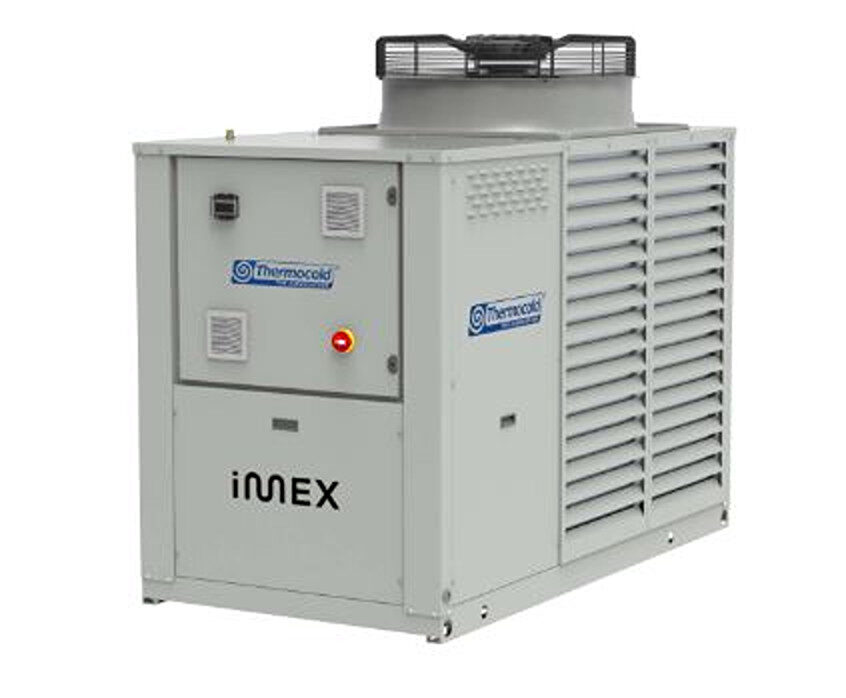Scientists from the National Institute of Advanced Industrial Science and Technology (AIST) in Japan have fabricated a wide-bandgap thin-film solar cell based on an indium-free chalcopyrite (CuGaSe2 or CGSe) absorber.
CuGaSe2 has an energy bandgap of 1.7 eV. It has been used in solar cells with limited fill factor and open-circuit voltage to date. “We utilized techniques that can realize the simultaneous achievement of high open-circuit voltage and fill factor values,” the research's lead author, Shogo Ishizuka, told pv magazine. “Our wide-gap chalcopyrite cell could be used for top cell applications in tandem devices.”
The research group stressed that, in its previous studies, the incorporation of aluminum (Al) in CuGaSe2 thin films led to degradation rather than enhancement of solar cell performance. However, it found that the incorporation of a very small amount of aluminum (Al) in the backside region of CuGaSe2 films is effective in enhancing the cell's open-circuit voltage, fill factor and efficiency. “This result is mainly attributable to the formation of a back-surface field (BSF) which enhances minority carrier collection,” it stated.
The academics built the cell with a substrate made of soda lime glass (SLG) coated with molybdenum (Mo), a back contact, an indium-free chalcopyrite absorber, a 110 nm cadmium sulfide (CdS) buffer layer, a window layer of zinc oxide (ZnO), and a grid electrode.

Image: National Institute of Advanced Industrial Science and Technology (AIST)
Through standard test conditions, the scientists found that the champion cell achieved a power conversion efficiency of 12.25%, an open-circuit voltage of 0.959 V, a short circuit current density of 17.64 mA cm–2, and a fill factor of 72.5%.
“The photovoltaic efficiency of over 12% demonstrated in this study stands out as a milestone among Ga-based (In-free) wide-gap chalcopyrite solar cells,” said Ishizuka. “The Al-containing CuGaSe2 film device was stable in air, with no significant change in device properties being observed with time for weeks even without protection sealing.”
The results were validated by the Japan Electrical Safety and Environment Technology Laboratories (JET).
The device was introduced in the study “Photovoltaic Efficiency Enhancement of Indium-Free Wide-Bandgap Chalcopyrite Solar Cells via an Aluminum-Induced Back-Surface Field Effect,” published in ACS Applied Materials & Interfaces.
“There is room for further investigation with respect to different combinations of various Al and RbF supply timings and amounts, including an examination of the effect of the RbF supply during the second stage,” the research team said referring to the future directions of its work. “Such approaches are worthy of further investigation to possibly further enhance the photovoltaic performance.”
This content is protected by copyright and may not be reused. If you want to cooperate with us and would like to reuse some of our content, please contact: editors@pv-magazine.com.




By submitting this form you agree to pv magazine using your data for the purposes of publishing your comment.
Your personal data will only be disclosed or otherwise transmitted to third parties for the purposes of spam filtering or if this is necessary for technical maintenance of the website. Any other transfer to third parties will not take place unless this is justified on the basis of applicable data protection regulations or if pv magazine is legally obliged to do so.
You may revoke this consent at any time with effect for the future, in which case your personal data will be deleted immediately. Otherwise, your data will be deleted if pv magazine has processed your request or the purpose of data storage is fulfilled.
Further information on data privacy can be found in our Data Protection Policy.